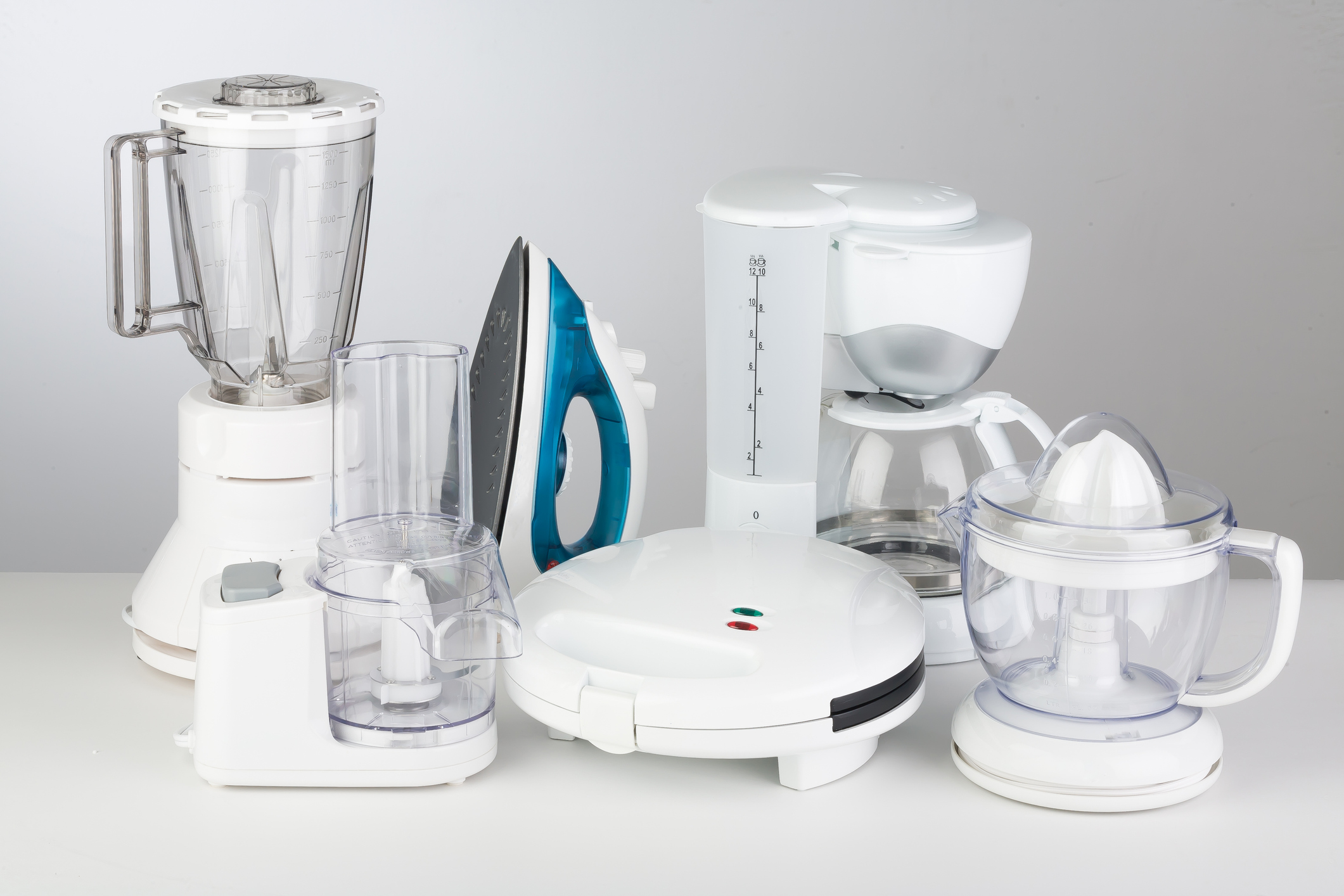Our appliances are getting smarter, thanks to technology. They now have cool features like sensors and Wi-Fi that let them do things on their own. For example, a smart fridge can tell you what’s inside and even suggest recipes.
It’s super important for companies to add these smart features. When they do it right, it not only makes appliances easier to use but also makes them more attractive to customers. Making sure all the smart parts fit nicely inside the appliances requires special techniques in manufacturing. This ensures that the products are strong, last long, and don’t cost too much.
An important aspect of producing smart products is plastic injection molding. Hot, melted plastic is pumped into a mold during this procedure to create the exact shapes required for the smart technology components. This approach is great because it can do so many things quickly and consistently, which is exactly what is needed to build smart appliances. By using plastic injection molding, manufacturers can add smart features directly into the appliance, making it stronger, more reliable, and ready for everyday use.
Plastic Injection Molding: Making Things Easy
It simplifies creating plastic items by melting plastic and shaping it into a mold. This method ensures precision and flexibility, making it a popular choice for manufacturing various plastic products.
Advantages of Plastic Injection Molding
- Precision and Consistency
It guarantees accurate and consistent parts, vital for applications requiring precision, such as electronics or intricate assemblies.
- Cost-Efficiency
It offers cost-effective production, especially for large quantities. Once the mold is created, subsequent parts are cheaper to produce. Additionally, its speed and minimal material waste contribute to long-term savings.
- Scalability
This method adapts easily to varying production volumes, maintaining efficiency whether producing a few or many parts. Its versatility makes it suitable for small-scale projects or high-volume manufacturing.
Smart Tech Integration in Injection Molding Process:
Utilizing Smart Sensors:
- Making Machines Smarter:
We’re adding special sensors to injection molding machines. These sensors keep an eye on things like temperature and pressure while the machine is making parts.
- Why It’s Cool:
It helps us control the molding process better, making sure each part comes out just right. If something’s not going as it should, the sensors let us know right away so we can fix it.
AI-Assisted Molding:
- Getting Help from AI:
We’re using fancy computer algorithms to help us make better parts. These algorithms analyze data from the sensors and figure out the best way to make each part.
- Why It’s Helpful:
With AI’s help, we can spot problems before they happen and adjust things to make sure every part is top-notch. It’s like having a smart assistant keeping an eye on the machines for us.
Connectivity Features:
- Staying Connected:
We’re adding features to our machines that let them talk to each other and to us over the internet. This means we can keep an eye on things even when we’re not in the same place as the machines.
- Why It’s Handy:
With these features, we can check on the machines, control them, and even get alerts if something goes wrong, all from our phones or computers. It helps us stay on top of things and keep production running smoothly.
Injection Molding for Appliance Assembly Integration
A. Techniques for Integrating Smart Tech During Injection Molding
- Overmolding:
How it Works: Overmolding is when one material is molded over another to create a single part.
Use Case: This technique lets us add smart tech to appliance parts seamlessly. For example, we can put sensors or circuits right into the plastic of a control panel or handle, making the appliance smarter without extra parts.
- Insert Molding:
How it Works: Insert molding involves putting pre-made parts, like metal inserts or electronic modules, into the mold before injecting plastic around them.
Use Case: This allows us to integrate smart tech directly into appliance parts. For instance, we can place a pre-assembled electronic display into the front panel of a dishwasher or oven door, making sure it’s in the right place and securely attached.
- Multi-Material Molding:
How it Works: Multi-material molding lets us use different materials in a single process to create more complex parts.
Use Case: This is great for adding smart tech components to appliance parts. For example, we can combine rigid and flexible materials to make a strong but flexible seal around electronic components in a dishwasher or refrigerator, improving their performance and durability.
B. Challenges and Solutions in Integration
- Material Compatibility:
Challenge:
Making sure the materials work well with the smart technology.
Solution:
We test different materials to find ones that are good for both the plastic parts and the tech components, ensuring everything sticks together and works correctly.
- Design Complexity:
Challenge:
Handling the complexity of designing parts with smart technology.
Solution:
We work closely with our design team to simplify the parts and molds as much as possible. This helps everything fit together smoothly during manufacturing, reducing mistakes.
- Cost Considerations:
Challenge:
Adding smart technology without making the appliances too expensive.
Solution:
We look for ways to save money, such as optimizing designs, choosing cost-effective materials, and improving production efficiency. This helps keep costs down while still providing the benefits of smart technology.
By using these techniques and solving these challenges, we can effectively integrate smart technology into appliances through plastic injection molding. This makes our products smarter and more user-friendly with efficient appliance assembly integration.



